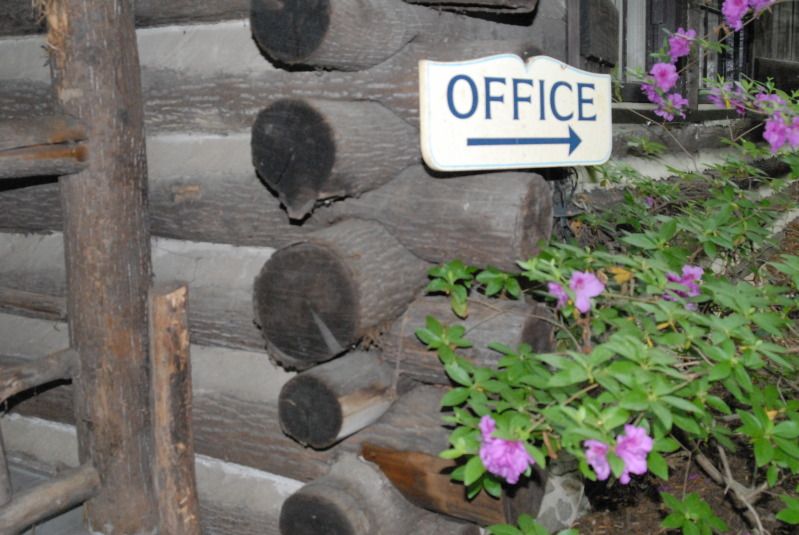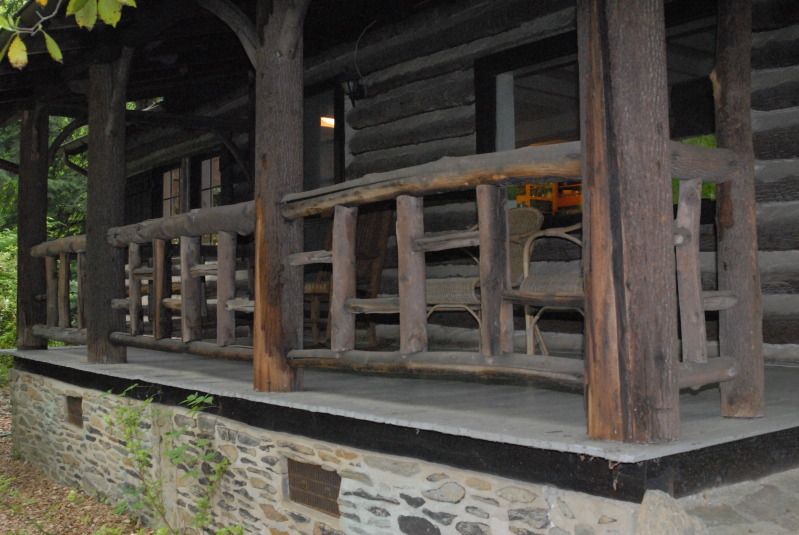Thanks All for a helpful forum, and please pardon my inexperience.
We're looking to build a modest cottage near Algonquin park in Ontario. We have to take down at least half a dozen very large (over 2' diameter) balsam poplar (I think sometimes also called cottonwood) trees, and rather than just firewood we'd like to use them in the building project. There is a local fellow who has offered to take them down and mill them for us.
My understanding is that poplar is not ideal (or perhaps even legal) to use structurally, so we're not sure exactly how to use the wood. Two fairly simple options that come to mind are as exterior siding (either lapped, or board and batten), or as interior paneling. Other suggestions are also welcome -- we could have several thousand board feet if we wanted to mill it all (assuming it comes out alright...).
Since we'd like to take the trees down fairly soon there's a chance we won't know exactly how we're going to use it before it's milled. My question is therefore: what are the most useful dimensions to mill these logs to? My hunch is to cut them into 4" x 8" x 10' lumber, which could then be ripped into either 1" x 8" siding boards or into 1/2" x 4" paneling boards, but I'm just guessing now -- any advice is much appreciated.
We're looking to build a modest cottage near Algonquin park in Ontario. We have to take down at least half a dozen very large (over 2' diameter) balsam poplar (I think sometimes also called cottonwood) trees, and rather than just firewood we'd like to use them in the building project. There is a local fellow who has offered to take them down and mill them for us.
My understanding is that poplar is not ideal (or perhaps even legal) to use structurally, so we're not sure exactly how to use the wood. Two fairly simple options that come to mind are as exterior siding (either lapped, or board and batten), or as interior paneling. Other suggestions are also welcome -- we could have several thousand board feet if we wanted to mill it all (assuming it comes out alright...).
Since we'd like to take the trees down fairly soon there's a chance we won't know exactly how we're going to use it before it's milled. My question is therefore: what are the most useful dimensions to mill these logs to? My hunch is to cut them into 4" x 8" x 10' lumber, which could then be ripped into either 1" x 8" siding boards or into 1/2" x 4" paneling boards, but I'm just guessing now -- any advice is much appreciated.







